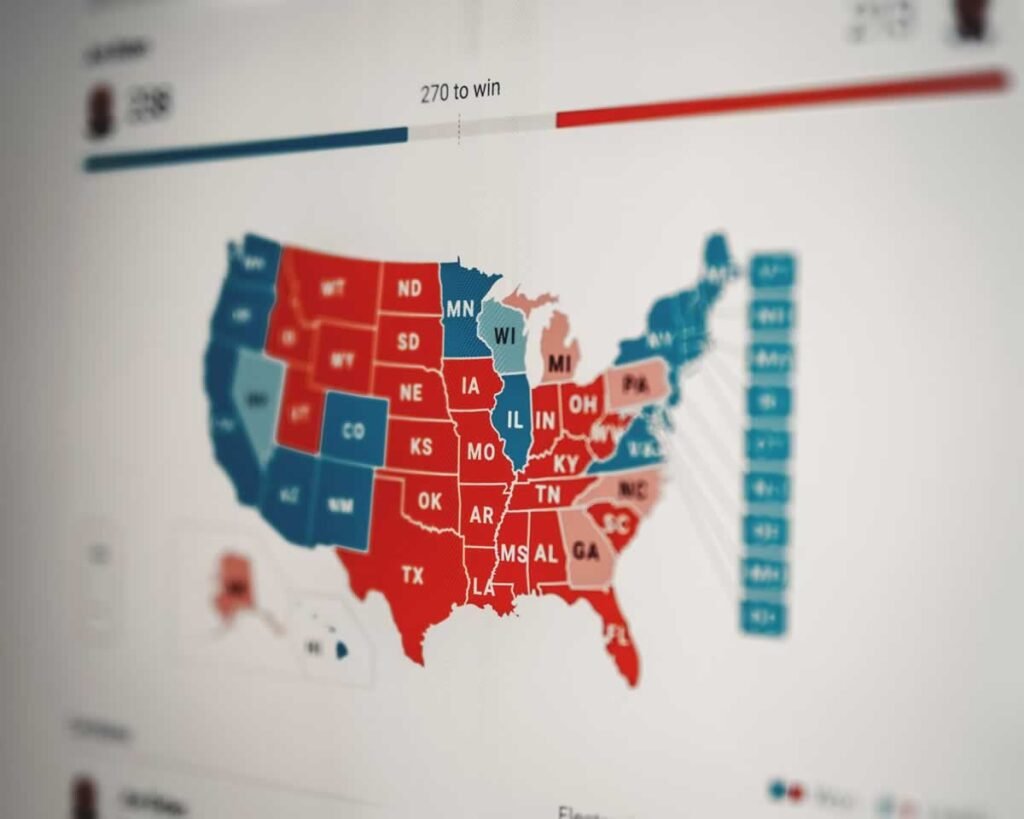The candidates for vice president emphasized their housing policies during the VP debate on Tuesday night, just one month before election day. JD Vance, the Republican senator from Ohio, and Tim Walz, the Democratic governor of Minnesota, discussed how their parties would tackle the housing crisis.
Both candidates had mentioned housing multiple times in the first hour of the debate, prompting CBS News moderators Norah O’Donnell and Margaret Brennan to pose a dedicated question about housing issues.
Since being chosen as the running mates for Former President Donald Trump and Vice President Kamala Harris, both VP candidates have addressed the importance of addressing housing concerns.
While Vance has criticized institutional investors in housing, immigration, and programs at the U.S. Department of Housing and Urban Development (HUD), Walz has supported Harris’s housing policies and implemented his own housing initiatives as governor.
However, Vance and Walz represent differing ideologies on housing, which were evident during the debate.
Walz: housing is a path to middle class stability
“There’s a shortage of over 4 million homes in the U.S., contributing to high housing prices,” Brennan stated. She directed the question to Walz, asking about the location of the 3 million new homes promised in Harris’s housing plan.
Walz emphasized the importance of viewing housing as more than just a commodity, highlighting the need for affordable and stable housing for individuals and families.
Walz highlighted the housing plan he enacted as governor, which aimed to streamline state housing programs and reduce obstacles to housing development. He also discussed the importance of local initiatives in facilitating home construction.
Stressing the significance of stable housing for economic security and family well-being, Walz underscored the role of government assistance in promoting homeownership and addressing housing challenges.
Vance: immigration raises housing costs, energy plan can help
Vance responded to questions about Trump’s housing proposals by highlighting the impact of immigration on housing affordability. He criticized Harris for what he perceived as a failure to address the housing costs associated with illegal immigration.

Vance expressed support for some of Walz’s housing proposals but urged Harris to take action on the policies she has advocated for. He also highlighted the role of energy costs in driving up housing prices and endorsed Trump’s energy plan as a means to alleviate housing expenses.
By addressing both immigration and energy policies, Vance aimed to present a comprehensive approach to housing affordability and economic stability.
Final Clash
In a discussion about housing, Vance suggested that federal lands not used for national parks could be utilized for building homes to address the housing needs of Americans. He emphasized the importance of prioritizing American citizens over illegal immigrants in accessing housing. Walz raised concerns about the potential impact of building on federal lands, particularly those with environmental significance. He highlighted the need to approach housing as more than just a commodity and cited successful refurbishment projects in Minnesota as a model for sustainable housing development.
Vance referenced a Federal Reserve study to support claims about immigration affecting housing costs, although the specific study was not immediately clear. He criticized the regulatory obstacles imposed by the Biden-Harris administration, accusing them of hindering development and construction initiatives. Vance reiterated his belief that immigration is a key factor driving up housing costs.
Despite agreeing with Walz on viewing housing differently, Vance attributed the commodification of housing to accommodating illegal immigrants. He argued that granting housing to individuals without legal status contributes to the housing market’s inflation.
Related

